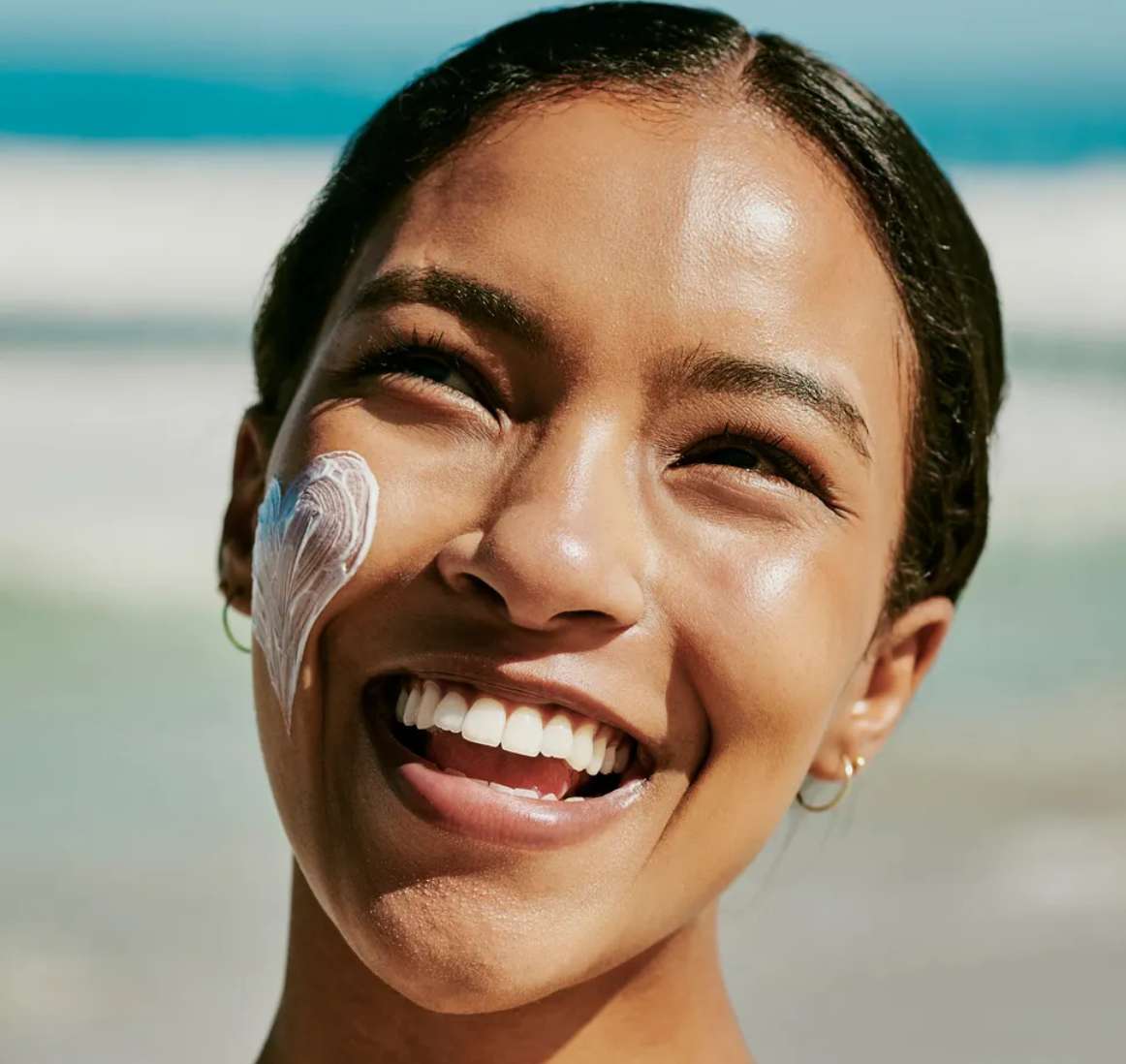Sun protection has become an indispensable part of modern skin care. Whether it is a sunny summer or a rainy day, ultraviolet rays will always damage the skin. In 2025, we should take a scientific attitude and method to comprehensively protect skin health and prevent sunburn, tanning, photoaging and skin diseases. This article will systematically sort out the importance of sun protection, ultraviolet knowledge, the correct way to use sunscreen products and daily sun protection habits to help you create a sun protection barrier without dead ends all year round.
1. The importance of sun protection: not just sun protection
Ultraviolet rays (UV) are the main culprits that cause skin sunburn, spots, wrinkles and even skin cancer. There are three types of ultraviolet rays:
- UVA (long-wave ultraviolet rays): Strong penetration, can penetrate deep into the dermis, destroy collagen and elastic fibers, and cause skin aging and pigmentation.
- UVB (medium-wave ultraviolet rays): Mainly acts on the epidermis, causing sunburn, redness, swelling and pain in a short period of time.
- UVC (short-wave ultraviolet rays): Most of them are absorbed by the atmosphere and have little impact.
Sunscreen not only prevents tanning, but is also a key measure to prevent photoaging, pigmentation and skin cancer.
2. Correctly understand sunscreen products: selection and use
1. The significance of sun protection index
- SPF value: measures the ability to protect against UVB. It is recommended to use SPF30 or above for daily use and SPF50+ for outdoor activities or strong sunlight.
- PA level: indicates the effect of protecting against UVA. PA+++ and above are the best choice.
- Broad-spectrum sunscreen products can protect against both UVA and UVB, and have a more comprehensive effect.
2. Types of sunscreen products
- Physical sunscreen: contains titanium dioxide and zinc oxide, reflects ultraviolet rays, is suitable for sensitive skin and children, has a thicker texture and may cause whitening.
- Chemical sunscreen: absorbs ultraviolet rays and converts them into heat energy. It has a light texture and is easy to apply, but some ingredients may irritate the skin.
3. Correct usage
- Apply enough: The amount of sunscreen applied to the face should be about the size of a one-yuan coin, and the exposed parts of the body should also be fully applied to avoid reducing the sunscreen effect.
- Order of use: Apply sunscreen after basic skin care and before makeup, and apply 15-30 minutes before going out.
- Regular reapplication: Reapplication should be done every 2-3 hours, especially after swimming or sweating.
- Full protection: Exposed parts such as the neck, ears, and arms should not be ignored.
3. Misconceptions about sunscreen and supplementary protection
- Sunscreen is also needed on cloudy days: UVA can penetrate clouds, and ultraviolet rays still exist on cloudy days.
- Indoor sunscreen should not be ignored: UVA can penetrate ordinary glass, and office workers near windows also need sunscreen.
- People with dark skin also need sunscreen: Although they are sun-resistant, long-term exposure to ultraviolet rays can still damage the skin.
- Sunscreen is not a panacea: Reasonable combination of physical protection such as sun hats, sunglasses, and parasols will have better effects.
4. The impact of blue light on the skin and protection
Modern life is inseparable from electronic screens, and blue light has become a new invisible killer of the skin:
- Blue light can cause oxidative stress, damage skin cells, promote melanin deposition, and lead to spots and dull skin color.
- Blue light has strong penetrating power and can penetrate deep into the basal layer of the skin, reduce collagen production, and accelerate skin aging.
- Antioxidant skin care products (including vitamins C, E, lecithin, etc.) and sunscreen products with repair functions can help slow down blue light damage.
5. Practical tips for daily sun protection
- Integrate sunscreen into the morning skin care routine: Replace ordinary cream with a moisturizer containing SPF to simplify the steps while ensuring protection.
- Prepare SPF lip balm: Lips are also susceptible to UV damage, so sunscreen lip balm is indispensable.
- Choose a sunscreen product that suits your skin type: choose a refreshing type for oily skin, a moisturizing type for dry skin, and a physical sunscreen for sensitive skin.
- Do a good job of makeup removal: Waterproof and sweat-proof sunscreens need to be thoroughly cleaned with a special makeup remover to avoid clogging of pores.
Sunscreen is a long-lasting skin care battle. In 2025, we should take a scientific attitude and do a good job of sunscreen all year round. Only by choosing the right sunscreen product, mastering the correct application and re-application methods, and combining physical protection and antioxidant care can we truly protect our skin from ultraviolet and blue light. Make sunscreen a daily habit to have healthy, young, and radiant skin.

Leave a Reply